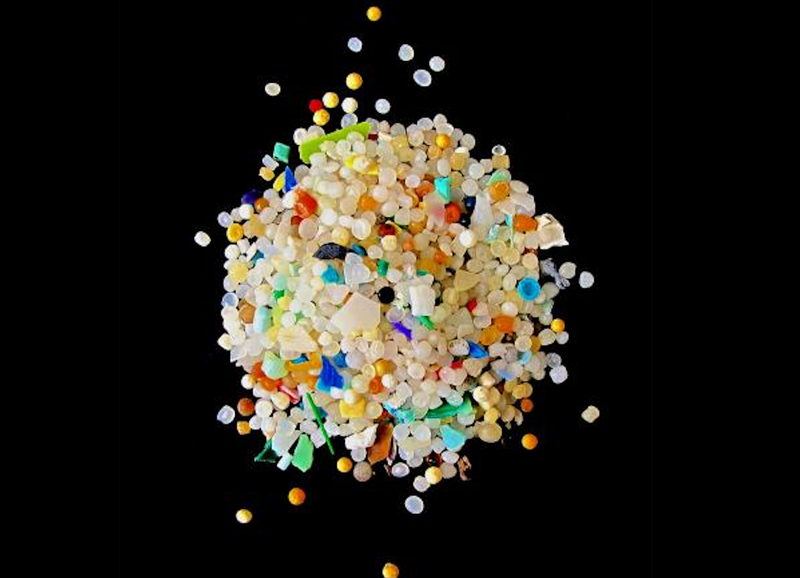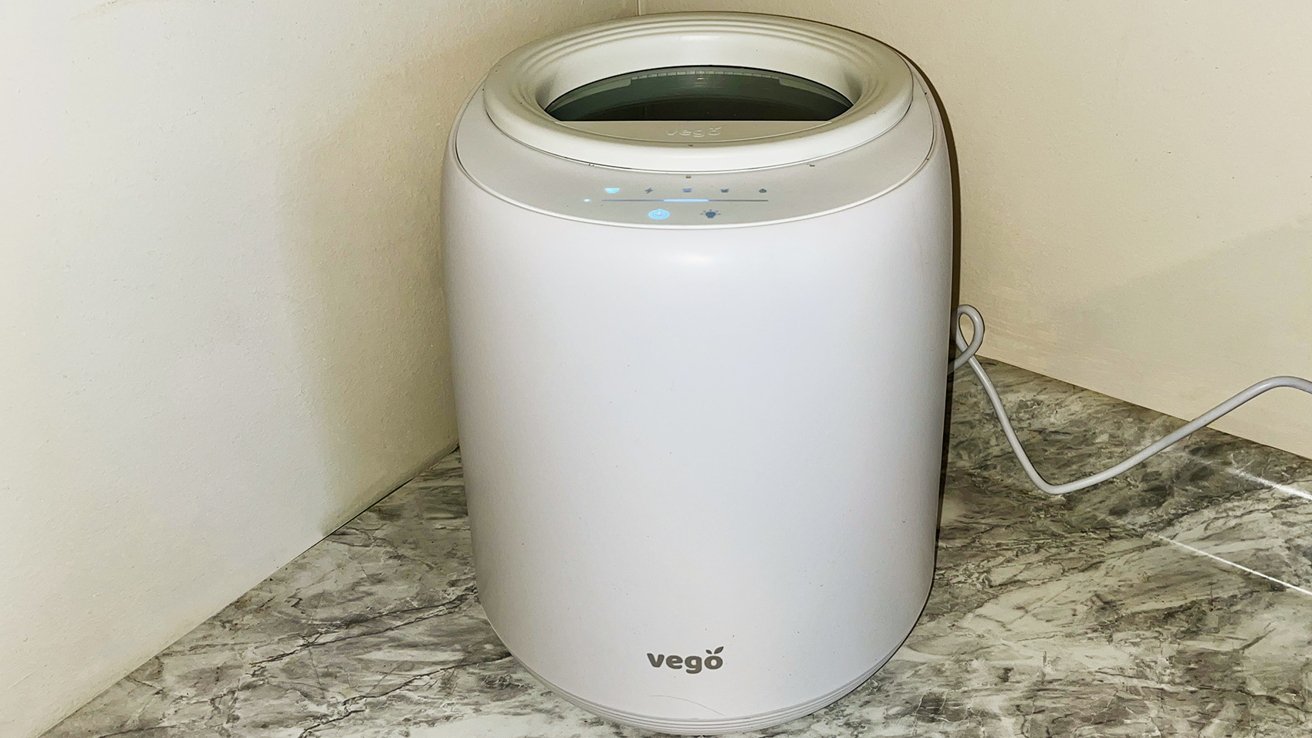Scientists discover toxic ingredients linked to autism in 100% of Girl Scout Cookies
Scientists discover toxic ingredients linked to autism in 100% of Girl Scout Cookies
Share:
Toxic substances linked to autism and cancer are present at dangerous levels in Girl Scout Cookies, a study warns. Every sample of cookie tested contained glyphosate, the active ingredient in the weed-killer Roundup, and heavy metals such as lead and arsenic. Research has shown that exposure to this herbicide during pregnancy and lactation may increase the risk of autism in children, while the metals have been linked to a range of health problems including cancer.
![[The researchers found that 100 percent of the cookie samples contained glyphosate, the active ingredient in the herbicide Roundup, which is used to control weeds and grasses]](https://i.dailymail.co.uk/1s/2025/02/03/16/94812781-14355145-image-a-18_1738599359146.jpg)
Researchers tested the cookies for the presence five metals that can be dangerous to human health: aluminum, arsenic, cadmium, lead and mercury. Approximately 88 percent of samples contained all five and nearly eight in 10 tested positive for levels of cadmium that exceed limits set by the Environmental Protection Agency (EPA). Meanwhile, 96 percent were positive for lead. 'The health and safety of our customers is our top priority,' a spokesperson for the Girl Scouts of the USA told DailyMail.com.
![[Thin Mints from Louisiana contained the highest levels of glyphosate]](https://i.dailymail.co.uk/1s/2025/02/03/16/94812907-14355145-image-a-19_1738599434963.jpg)
'All Girl Scout Cookies are produced by our trusted licensed bakers, who are leaders in their industry and adhere to rigorous food safety standards set by the FDA and other relevant authorities. 'When you buy Girl Scout Cookies, proceeds stay local, every purchase of Girl Scout Cookies supports local troops in your community.'. Scientists have made a shocking discovery while testing Girl Scout Cookies, finding that the seasonal treats contain a toxic chemical linked to autism.
![[These chocolate-and-peppermint cookies had an Effective Glyphosate Level (the combined amounts of glyphosate and AMPA) of 111.07 nanograms/gram (ng/g)]](https://i.dailymail.co.uk/1s/2025/02/03/17/94809131-14355145-image-a-33_1738604760759.jpg)
The investigation was published by GMOScience.org, a nonprofit organization that seeks to educate the public about the impacts of genetically modified organisms. The research has not been peer reviewed. Testing was commissioned by GMOScience, consumer groups and Moms Across America, an advocacy group that raises awareness about toxins in our food supply. The Health Research Institute (HRI) in Fairfield, Indiana conducted the glyphosate tests, and heavy metals testing was done by New Jersey Laboratories Certified in New Brunswick, New Jersey.
![[All of the cookie samples contained at least four out of the five toxic heavy metals they tested for: aluminum, arsenic, cadmium, lead and mercury]](https://i.dailymail.co.uk/1s/2025/02/03/17/94816329-14355145-image-a-32_1738604757965.jpg)
The researchers tested every available cookie flavor, using 25 samples collected from California, Iowa and Louisiana. All 25 came back for 'very elevated levels' of glyphosate and its byproduct aminomethylphosphonic acid (AMPA). The Acceptable Daily Intake (ADI) of glyphosate and AMPA for humans is 1,000 nanograms per gram (ng/g), according to the National Pesticide Information Center. However, the European Food Safety Authority (EFSA) limits it to 500 ng/g daily.
The GMOScience study found the highest levels of glyphosate in Thin Mints from Louisiana. Based on the test results, each cookie contains roughly 800 nanograms of glyphosate and AMPA. In Iowa, Lemonades — shortbread cookies with lemon icing — contained the highest levels of glyphosate and AMPA with 1,140 ng per cookie. Do-si-dos had the highest levels in California. The peanut-butter-filled oatmeal sandwich cookies had more than 574 ng per cookie.
The researchers found that 100 percent of the cookie samples contained glyphosate, the active ingredient in the herbicide Roundup, which is used to control weeds and grasses. Thin Mints from Louisiana contained the highest levels of glyphosate. The average amount of glyphosate contamination in all samples was 33.43 ng/g, according to the report. Due to the widespread use of glyphosate in agriculture, trace amounts may be found in fresh fruits, vegetables, cereals, and other food and beverage commodities, according to the EPA.
This includes crops commonly used to make Girl Scout Cookies, such as wheat, sugar cane and canola. But the EPA states that glyphosate is considered nontoxic to humans when used properly, and that trace amounts found in certain food products are 'not of concern for the consumer.'. Some studies, however, have linked high levels of exposure to this chemical to diseases and conditions including autism spectrum disorder.
For example, a 2021 study in mice published in the journal Clinical Psychopharmacology and Neuroscience found that male offspring showed ASD-like behaviors such as social interaction deficits after maternal exposure to glyphosate. These chocolate-and-peppermint cookies had an Effective Glyphosate Level (the combined amounts of glyphosate and AMPA) of 111.07 nanograms/gram (ng/g). In terms of metal contamination, the new research found that Peanut Butter Patties (also known as Tagalongs) were the most contaminated.
One cookie contained 0.875 ng of mercury, 531.25 ng of lead and more than 300,000 ng (300 micrograms) of aluminum. Mercury is a neurotoxin, and exposure to this heavy metal has been linked to vision changes, numbness, loss of coordination, impairment of speech, hearing or walking and muscle weakness, among other health issues, according to the EPA. The agency states that 45 ng of mercury per pound of body weight per day is the maximum safe dose.













-0-15-screenshot-xl.jpg)








